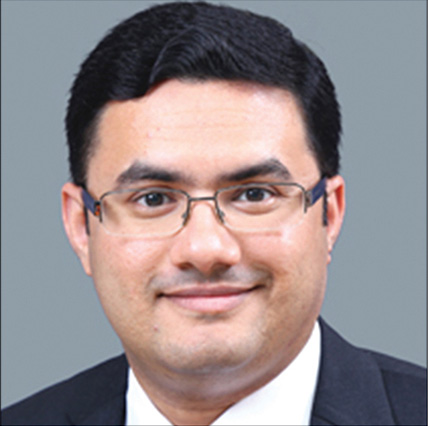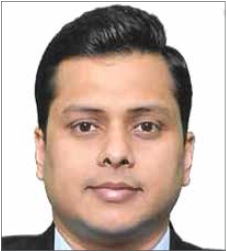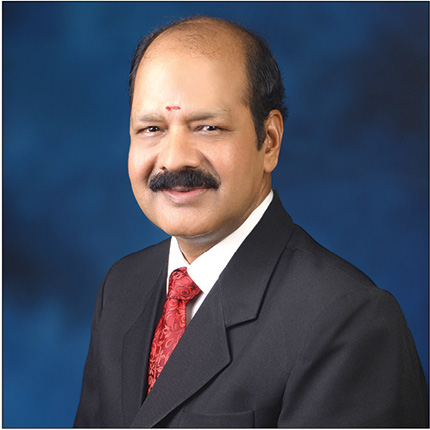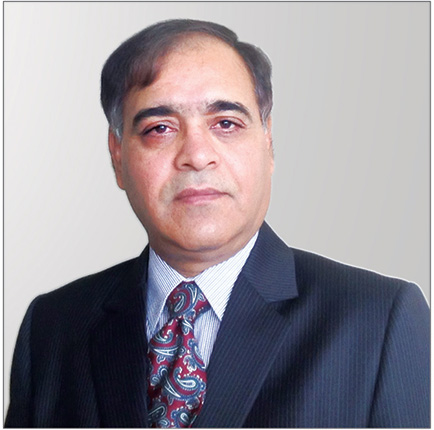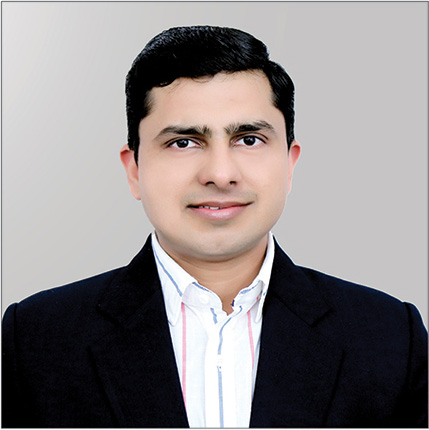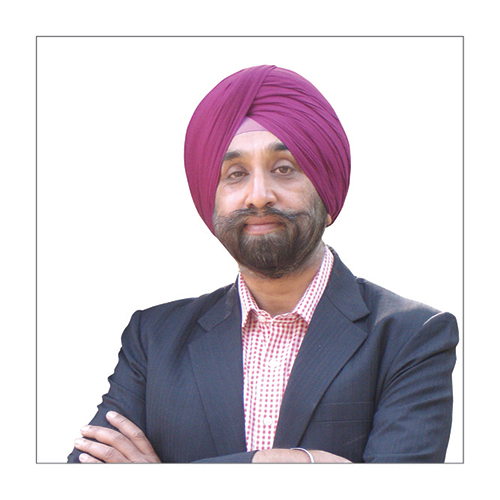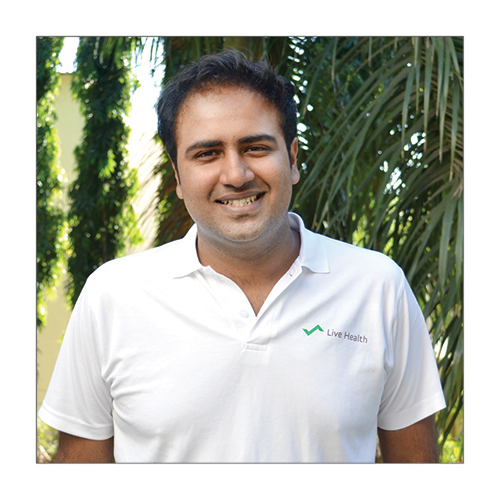

Additional Chief Secretary,
Department of Health & Family Welfare, Government of Uttar Pradesh
As Uttar Pradesh makes fast strides in the public healthcare space, Arun Kumar Sinha, Additional Chief Secretary, Department of Health & Family Welfare, Government of Uttar Pradesh, highlights key achievements and challenges that need to be surpassed to deliver quality healthcare services across the state, in an interview with Arpit Gupta of Elets News Network (ENN). Excerpts:
Can you please highlight some key initiatives undertaken by the Department of Health & Family Welfare and how is the department ensuring healthcare in urban as well as rural areas of the state?

As you know all the medical care schemes in the country have been brought under the umbrella of NHM (National Health Mission). In Uttar Pradesh also, public healthcare is being covered under the NHM. In urban areas, we have the Urban Health Mission. It includes urban ASHA (Accredited Social Health Activist) workers, urban PHCs (Primary Health Centres) and urban CSCs (Community Health Centres).
Earlier, the manpower was not available in adequate numbers but with the beginning of NHM this issue has been resolved. Now urban ASHA workers and urban PHCs and CHCs have started functioning.
Currently, the challenge in UP is to operationalise this urban health arrangement. So far our initiatives are concerned, now the urban ASHA workers are undergoing training. Similarly, paramedics and doctors are also now in place. In urban areas, health posts have been upgraded and being looked after.

How PPP is used to deliver better healthcare Services in Uttar Pradesh?
In rural areas also the NHM is aiding us to plug the healthcare gaps. On major initiative we have taken in Uttar Pradesh is in the area of diagnostics. We plan to introduce the PPP model wherein agencies would collect samples from district hospitals and community health centres. They (service providers) have been selected and will start functioning in the next two-three months.
Similarly, in the area of dialysis, we have decided to start it in all the divisional headquarter hospitals. Two such facilities have already started functioning in Azamgarh and Allahabad.
We are also working on introducing CT scan services through the PPP mode. All the district hospitals, which were not covered till now, will soon get this facility.
The departments another key initiative is the ALS (Advanced Life Support) ambulance service. We have ambulances with us and service providers have been selected to equip these ambulances and run them. Now, ALS ambulances will be available in all the districts of the State.
These facilities are in addition to what we already have. As Utter Pradesh (UP) has a big healthcare infrastructure, we have launched the UP Health Sector Strengthening Project (UPHSSP) in association with the World Bank, which is assisting us in strengthening 51 hospitals across the State. The remaining hospitals, PHCs and CHCs are taken care of under the NHM. We are trying to bring them to the NABH (National Accreditation Board for Hospitals & Healthcare Providers) level, so that quality healthcare services can be delivered.
However, the main challenge we are facing is the non-availability of medical officers. We have made one arrangement for superannuated doctors. If they are physically fit, they can work till the age of 65. Then, on contractual basis also we are supplementing doctors like anesthetists, gynecologists as per our requirements under the NHM and UPHSSP. That is helping us meet the manpower requirement. We are also sending teams to five states which are good in health sector to learn from their experiences and know which good practices we can adopt in our state.
Please share your views on super specialty services in the State. Are there any plans of the department to boost super specialty facilities in the State?
In UP we have two departments. One is the Medical Health and Family Welfare Department and another is the Medical Education Department. The former has been given the mandate for primary and secondary healthcare sector, while the tertiary health sector is with the latter. For super specialty services, the Medical Education Department is better placed to resolve your queries because they form the policy for it.
However, I believe that we need to consolidate the entire government- run healthcare sector because UP is a big state. We have good resources, but we have lot of gaps that require to be filled so that the efficiency of the services we are providing is enhanced.
There is a lot of talk about smart cities, smart health and digital India, so is there any plan to bring digital transformation in the department to promote e-governance, m-governance to ensure better healthcare delivery?
Information Technology (IT) is a good tool to enhance our efficiency and productivity. Keeping that in mind, we are running a lot of pilot projects across the State. Through the use of IT, we can increase the efficiency of our manpower. There are initiatives like M-Sehat in place and the ASHA workers are capturing data through tablets. Where ever we are finding opportunities, we are trying to adopt them. Initially, we run the projects as pilot before upscaling them.
What are your future plans and what have been your achievements in the past couple of years?
In the Uttar Pradesh healthcare and medical sector, the biggest achievement has been that a lot of attention has been diverted towards improving it. For example, 108 and 102 ambulance services were introduced, which have proven to be a big success.
Recently, we witnessed a number of railway and bus accidents and in all those situations we responded immediately through our ambulance services.
We have also brought many public- private partner arrangements like in diagnostics, CT scan and dialysis space, which is a new intervention. Earlier, we had only in-house facilities but now we are using the efficiency of private sector to meet our needs. That has been a big change in the last two-three years.
We have also increased the use of technology. Earlier, our procurement of medicines used to depend on the manual method but now we have a software in place to connect our DG office with vendors directly. It has brought in a lot of transparency and efficiency to our system. It has improved management of medicines. These initiatives will help us in the long run.
Be a part of Elets Collaborative Initiatives. Join Us for Upcoming Events and explore business opportunities. Like us on Facebook , connect with us on LinkedIn and follow us on Twitter , Instagram.


